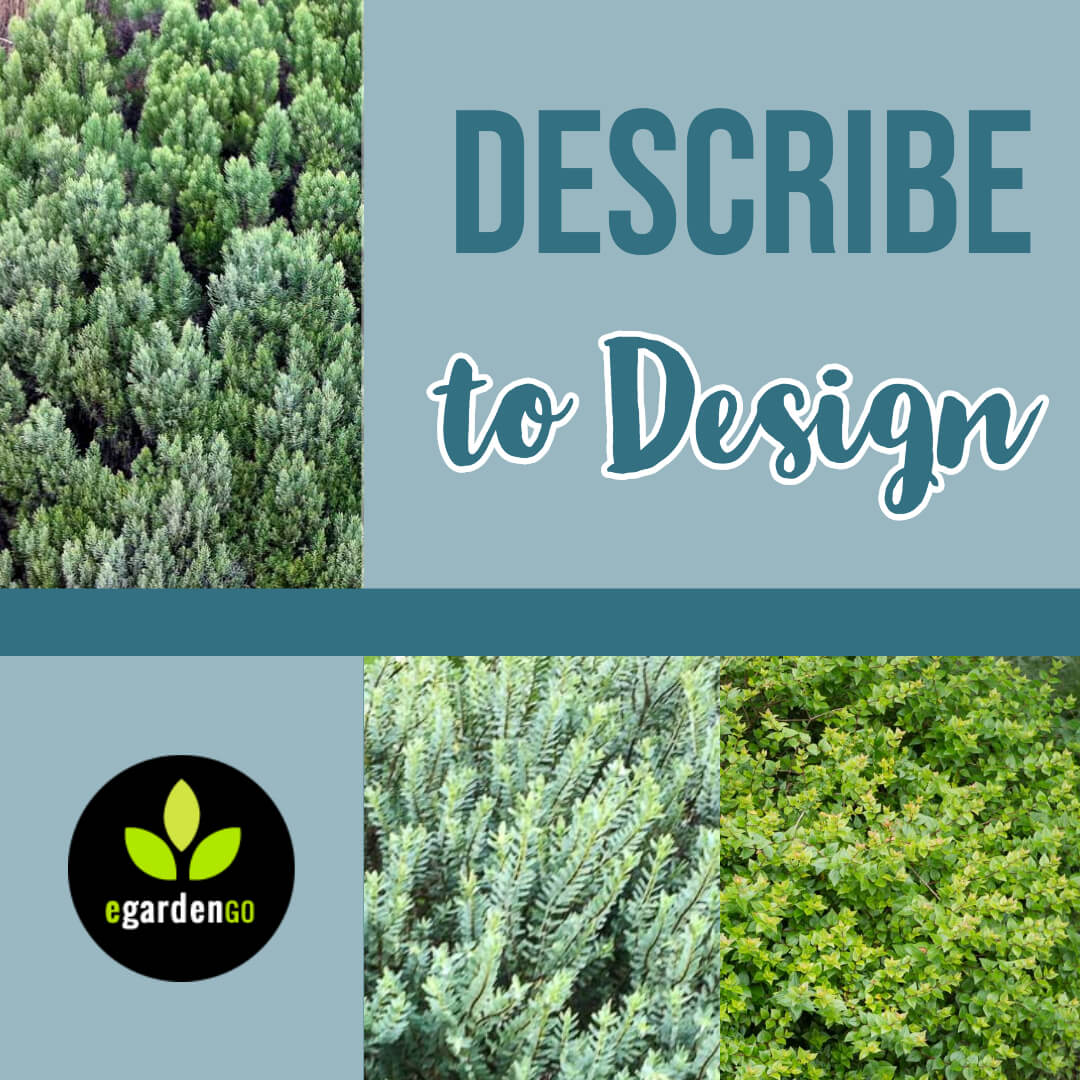I've moved a lot of large plants in my garden over the last year. In doing so, I figured that most would take the disruption in stride and not skip a beat. And most actually did. But now with the glimmer of a new season on the horizon, I'm beginning to see signs of trouble on a few that are signaling how they'll fare.
Why did I move them, you ask? Well, all of them needed to be moved in order to execute on my vision for the renovation I've been doing in my home garden.
Something's Gotta Give
In my garden, there were a number of reasons for the moves: some had gotten too large for their allocated spot; due to changing conditions, others weren't in their optimum spot, culture-wise—they were getting burnt from too much sun or were failing to thrive because they didn't have enough.
In your garden, you'll have different struggles and different tolerances for when you deem that something is overgrown or unsatisfying. And that's okay too. We're all on different garden-making journeys and in my mind, there's only one hard-and-fast rule: garden to please yourself first.
Not all of my big moves have a fairytale ending. In this case, I had a beautiful dwarf conifer that I dearly loved, but it had overgrown its space. I'd had it since way back when—it dates to the early days of my garden. It grew slowly and it's been a great choice for many, many years. Until it wasn't. Now it was overflowing at the edges and needed to skootch back about 3 feet.
My Dearest Picea sitchenensis 'Papoose', It's Not You, It's Me
I had two choices: remove or move it. There was a third choice, do nothing, but I'd already grown weary of following that route. I chose to move it. When you're weighing a move against remove, the element of risk goes way down. Because what do you have to lose? Nothing—except for your time and effort (more on that below).
And now that I've moved it, the little guy is showing signs of distress—dropping its needles en masse when it should be plumping up for the new year. I admit it's a disappointment. I really like that blue bun of a conifer. Especially in spring, when it pushes fresh new foliage that is soft and powdery-blue. I just wasn't loving where it was going. We'd grown apart. Sigh.
But I'm not devastated and I'm going to tell you why. In short, it's because I have faith that I can recover my garden vision with (relative) ease. Because I know exactly how I'm going to get back on track, I have confidence that I'll be able to "fix" it.
Describe to Design
I call the approach I'll use "describe to design". I've written about this idea before, and you can read more here, here, and here. To briefly recap, it's a method reliant on visualizing and describing, through which I narrow my search for plants based on the resulting description. I describe not only how the sought-after plant looks, but also what it needs, culture-wise, to be happy—and finally, what I need it to do for me. In other words, is there a job that it needs to do for me, such as provide screening or shade?
In this case, this is what I'll be looking for, roughly in order of importance:
- Needs to be a culture match: at least Zone 8 hardiness, but I'll err toward 7 in order to be worry-free.
- Be able to tolerate a full-sun position.
- Be okay with supplemental irrigation, but not be a water hog.
- Its job is to be handsome and to complement its existing partners; a bold and strappy Phormium 'Tricolor' and a Cedrus deodara 'Divinely Blue' that's developed quite a personality.
- To be evergreen. Though for the right plant, I might settle for a 3-season performance.
- Shape- and texture-wise, I'm looking for a rounded form, with a fine texture.
- Size-wise, I'd like it to be about 3' wide and tall; though it could be as small as 30 inches and as big as 4 feet.
- Desired foliage color is to be blue or blueish.
- A slow-growing plant is preferred as long as it's available at a decent size to start.
That's a rather thorough and detailed description, isn't it? And that's the most essential step in this process. Most likely it'll be another conifer, but it could be another type of evergreen—anything that fits that description laid out above is fair game for consideration.
At this point, the description is more important than nailing down a specific plant by name. Doing so will allow me to be flexible and adaptable when shopping for my dwarf conifer's replacement and still fulfill my vision. If I focus on the description, I can weather the inevitable gaps in availability that I'm going to encounter if go out and look for something super-specific.
No harm in considering some possible options before I head out, and here are some that fit the description laid out above:
I'll chew on these possibilities for a while, in addition to getting out there and seeing what's available in the nurseries that could be a match.
The Bottom Line
Was it worth trying to move my beloved dwarf conifer, even against the odds? For me and for this particular situation, yes. Other times, no. For example, when the effort is too great and the risk-reward ratio is upside-down. In those instances, it's better to just cut your losses and make the change— remove the offending plant and move on.
So yes, I'm sad that my experiment didn't work. I could wait it out and see if it recovers. If I take that route, I'll cut away any dead wood and watch it closely this summer to make sure it remains well-hydrated. I might do that, but probably not. Not my style. Most likely, I'll find another plant that fits my description—and move on.













